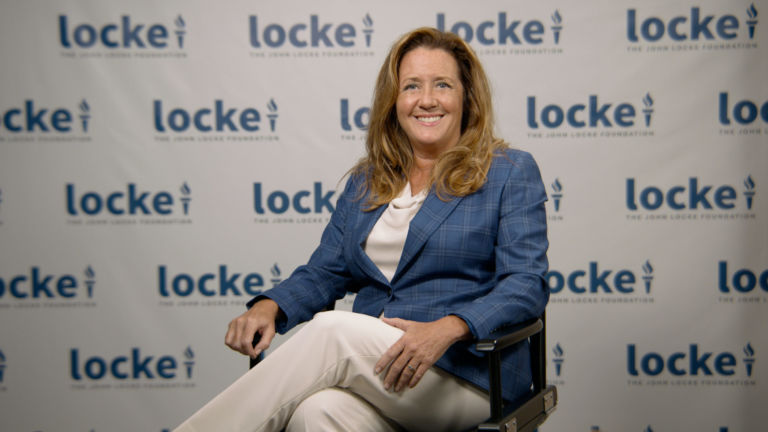Robert VerBruggen offers ideas at National Review Online for addressing gun violence without placing undue burdens on a constitutional right.
Mass shootings grab our attention, but they are outliers as far as American homicide is concerned. The Las Vegas shooting may have had a double-digit body count, but 15,000 or so people are murdered each year in this country. Where mass shootings are unpredictable, other murders tend to occur in specific geographic areas and social networks. And quietly over the past two decades, criminologists, community groups, and technology companies have hit upon strategies that can reduce the bloodshed without infringing on anyone’s right to bear arms.
The fundamental insight here is that violence is incredibly concentrated. The broad demographic disparities are fairly well known: Young men, with a peak around age 20, commit murder at highly disproportionate rates, and there’s a severe racial gap, with the homicide rate for blacks about eight times what it is for non-Hispanic whites. The poor are overrepresented as well, among perpetrators and victims alike, as are people with criminal records. But the patterns get a lot more specific than that.
“Hot spots” are one important concept. These are the particular neighborhoods, blocks, and intersections where crime most often occurs. Nationwide, about one-quarter of gun homicides take place in just 1,200 census tracts, which contain just 1.5 percent of the population, according to an analysis by the Guardian. …
… Gun violence is concentrated in specific social networks as well, and “cascades” through them like a virus, a phenomenon thoroughly studied by the sociologist Andrew V. Papachristos.


